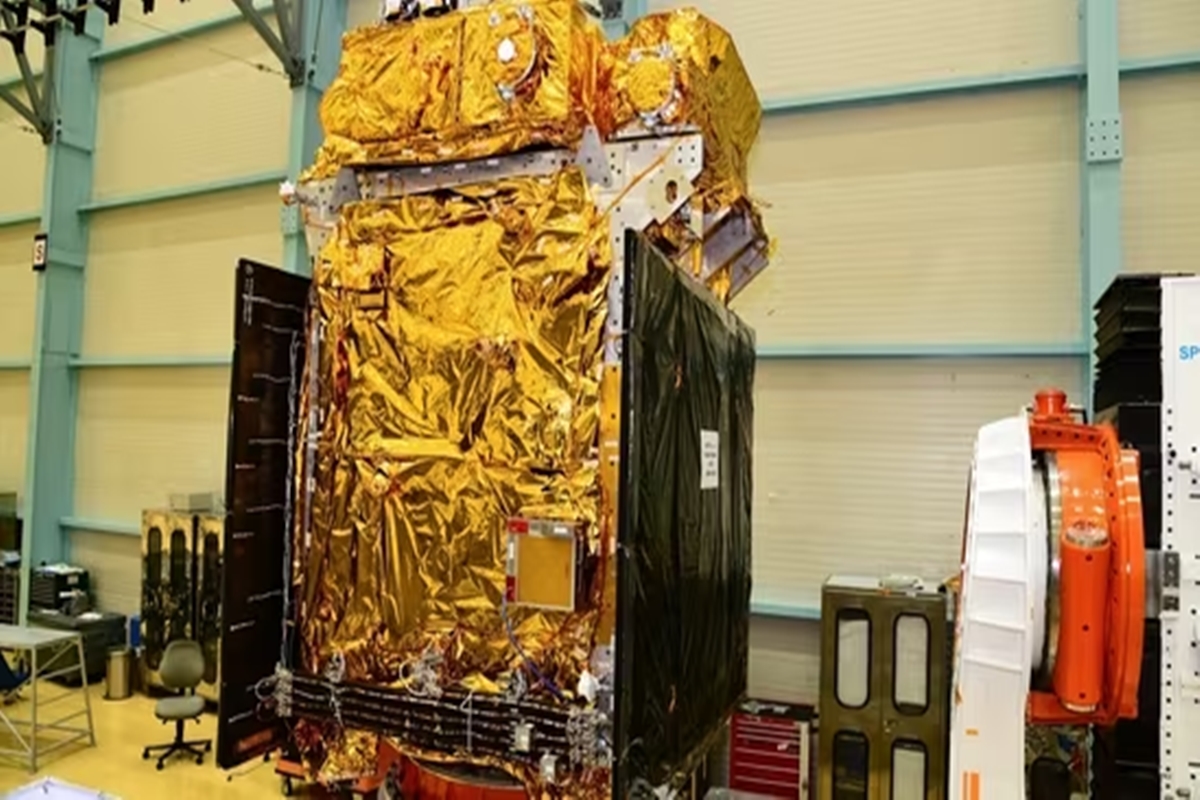Aditya L1 mission: ISRO set to perform final manoeuvre to place spacecraft in orbit around L1 point
ISRO will perform the final manoeuvre to place Aditya L1 in a Halo orbit around Lagrange Point L1.

Days after successfully landing on the Moon, the Indian Space Research Organisation (ISRO) is all set to launch India’s first space-based observatory Aditya L1 to study the sun. Aditya, which is the Sanskrit name for the Sun, will be placed around Lagrange Point L1 and will have a clear view of the star at the centre of our solar system.
This L1 point is about 1.5 million KM away from the Earth and Aditya L1 spacecraft will take 125 days to reach there. Once in the halo orbit around Lagrange Point L1, the spacecraft will be able to observe the solar activities in real time.
Advertisement
What are the key objectives of Aditya L1 Mission?
Advertisement
Aditya L1 will be ISRO’s only space-based observatory to study the sun. The spacecraft will have several objectives such as studying the solar corona, the outermost layer of the Sun’s atmosphere. The observatory will be crucial in understanding the interactions between the Sun and the Earth’s magnetosphere.
Aditya L1 will also help ISRO in studying the solar magnetic field around the sun. Another objective of the mission will be to analyse the solar wind, a stream of charged particles emitted by the Sun. It will also study the effect of solar activities around the Sun on the Earth.
Aditya L1: What is Lagrange Point from where India’s ‘Surya Mission’ will study the sun
According to ISRO, the Aditya L1 Mission will be launched on September 2, 2023. The spacecraft will be equipped with a variety of instruments to study the Sun, including a coronagraph, a magnetometer, and a plasma instrument. The mission is expected to last for five years.
If launched successfully, the mission will further cement India’s place as a major space power and demonstrate the country’s growing technological prowess. The USA, the European Union, Japan, and China already have their space-based solar observatories.
Advertisement